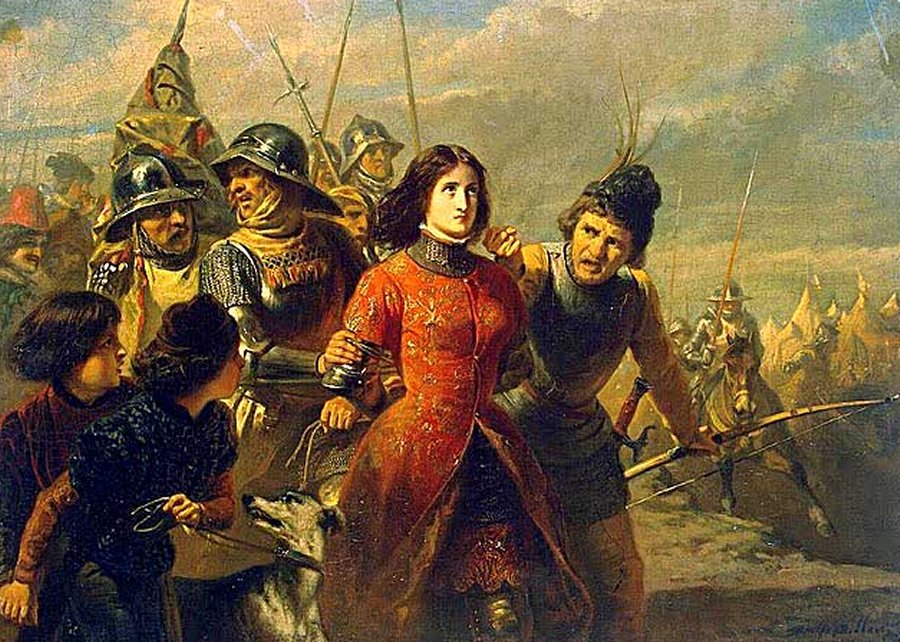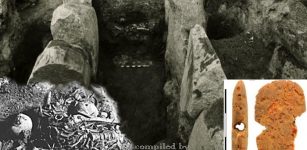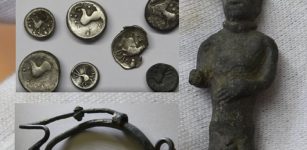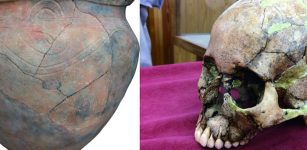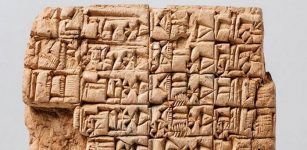On This Day In History: Joan Of Arc Was Captured By The Burgundians – On May 23, 1430
AncientPages.com - On May 23, 1430, Joan Of Arc was captured by the Burgundians, who sold her to the English. The Burgundians had allied with the British against the French King Charles VII.
The following May, Joan attempted to raise the siege of Compiègne, located about 790 kilometers northeast of Paris. She and her forces attacked the Burgundian camp. Joan was cut off and was taken prisoner by the Duke of Burgundy, an English ally.
Painting by Adolphe-Alexandre Dillens of Joan of Arc Being Led Away after Her Capture on May 23, 1430
He handed Joan over to another English ally, the Bishop of Beauvais.
She was put on trial by the pro-English bishop, Pierre Cauchon, on a charge of heresy. On January 3, 1431, she was passed on to Pierre Cauchon, bishop of Beauvais, and tried by a tribunal consisting of 10 Burgundian theologians and 22 canons of Rouen (all in the hands of the English) and some monks of different orders.
The interrogation of Joan of Arc began on February 21. Judgment was based on seventy different points, including charges that she indulged in divination, had prophetic dreams, was a sorceress, witch, and conjurer of evil spirits. Her judges believed that her visions were worthless and denied her the gift of prophecy.
They also criticized her for dressing in masculine clothing and 'sinful pride.' Joan, namely, believed that she was responsible only to God and not to the church, which the judges represented.
This last was the charge that most angered her accusers.
Eventually, these charges were dropped to twelve.
On May 23, Joan was taken to the cemetery of Saint-Ouen and sentenced to be burned at the pyre unless she submitted. Tired and worn out, Joan signed what was presented to her and was returned to her cell to serve life imprisonment.
A woman's dress was given to her, but it's uncertain whether she put it on or not. Anyway, she returned to her men's clothing. On May 27, Cauchon found her so dressed and declared her to have relapsed. He handed her over to the English secular arm.
On May 30, she appeared in the Old Market Square of Rouen, and she again was dressed as a woman.
She was declared guilty and burned at the stake on May 30, 1431. She was burned - about a year after her capture - for being a relapsed heretic. She was 19 years old.
Approximately 25 years after the burning, the case of St. Joan of Arc was re-examined. She was acquitted, declared innocent, and proclaimed a Catholic martyr.
AncientPages.com
Expand for references

